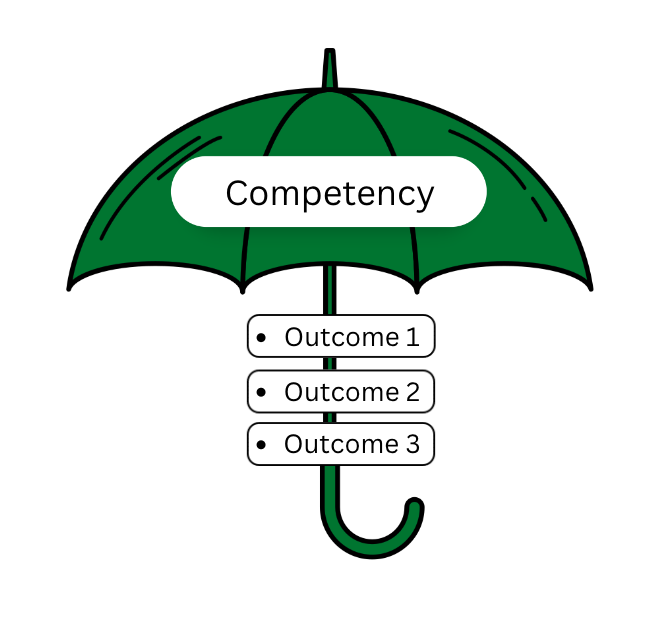Challenging Conversations – Safe Spaces vs. Brave Spaces
This is the second in a short series on having challenging conversations either in your classes or individually with students. The topics covered in these posts come from the GMCTL short-course Challenging Conversations. The ideas and concepts shared in the course and these posts were contributed in large part by Dr. Rose Roberts, Roberta Campbell-Chudoba, Dr. Wendy James, and myself, Heather Ross.
We hear a lot about “safe spaces”. We see stickers on walls, doors, and windows with this term. The intentions are good, but they may not be the best approach.
If you had to honestly answer, to yourself, nobody else, which of the following best represents where you see your preference and comfort for classroom discussions, which of the following would be the closest description?
Safe, while good intentioned, may limit not only what language we use, but also what we talk about. While using racist, sexist, homophobic, transphobic, and other hateful words shouldn’t be tolerated in our classrooms, avoiding difficult topics all together may be a disservice to our students and our communities.
At the other end of the spectrum is Free. While this allows for more open dialogue, Free is anything but Safe and may lead to unproductive and hateful exchanges in classes, and beyond.
Limited likely won’t limit discussing topics, but could mean some students opinions won’t be allowed, even if presented in a respectful manner.
Brave spaces make room for all topics and opinions (like Free), but include providing students with the tools they need to navigate and contribute to those conversations. While Free allows for the freedom to talk about anything, it lacks providing the needed skills to engage in challenging conversations in a respectful and productive way.
It can be challenging and intimidating for an instructor to take a Brave spaces approach, not knowing how students will respond, how “out-of-control” some conversations might seem to become, and the instructor potentially needing to relinquish their sense of control or expertise to allow room to hear from students with different backgrounds and experiences.Instructors need to be prepared to prepare students for and facilitate challenging conversations to help provide a welcoming, engaging, and constructive environment for learning.
The entire world is facing deeply challenging problems that require hard conversations. We can’t avoid them to feel safe and we can’t just say whatever we want, especially if it’s hurtful or unsupported by evidence, and expect others to just “deal with it”. We need students to learn to have these hard conversations in ways that will allows them to address these problems even while working with people with differing views.
To read more about teaching with a Brave Space approach, see this article by Brian Arao and Kristi Clemens.



